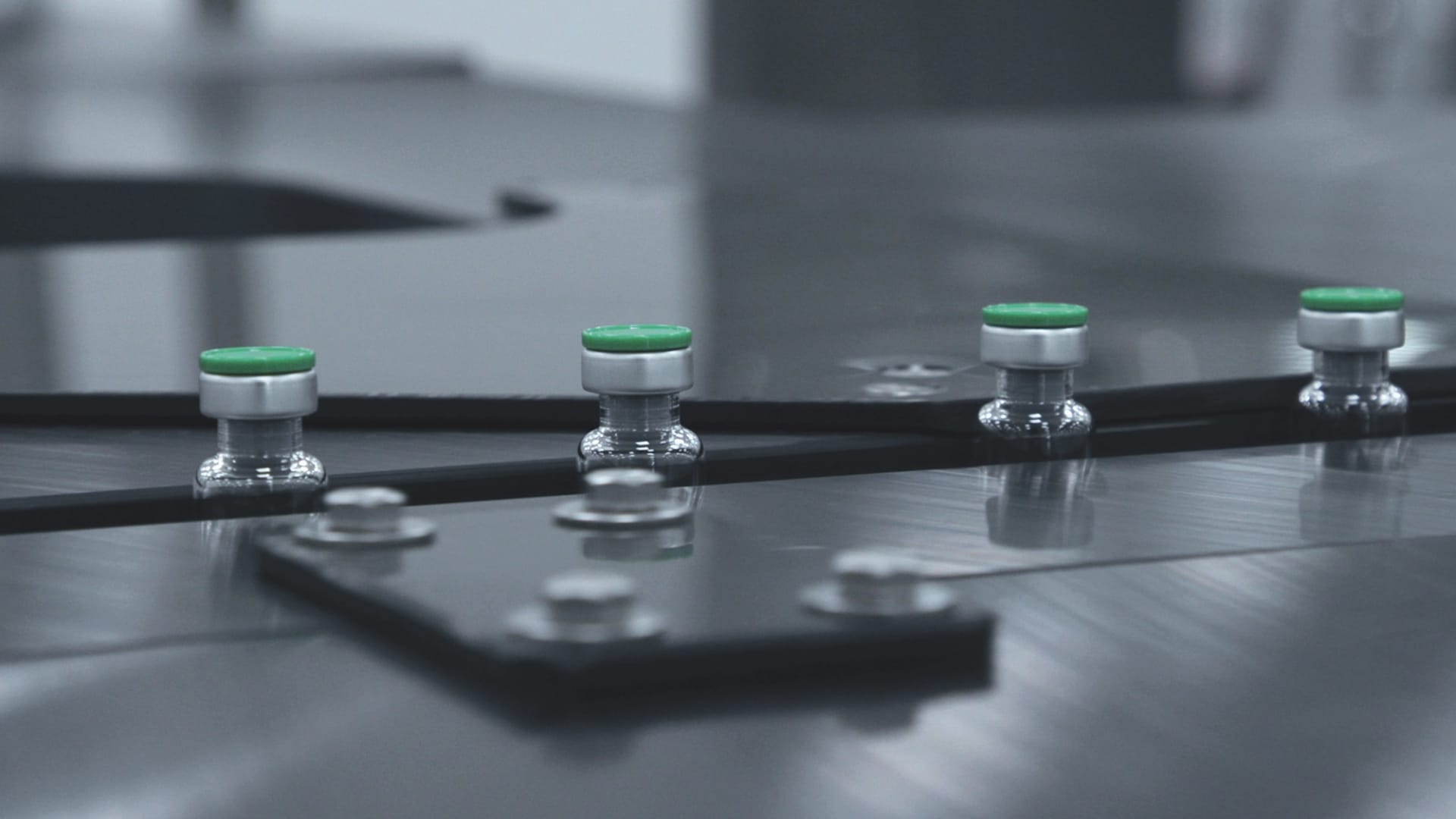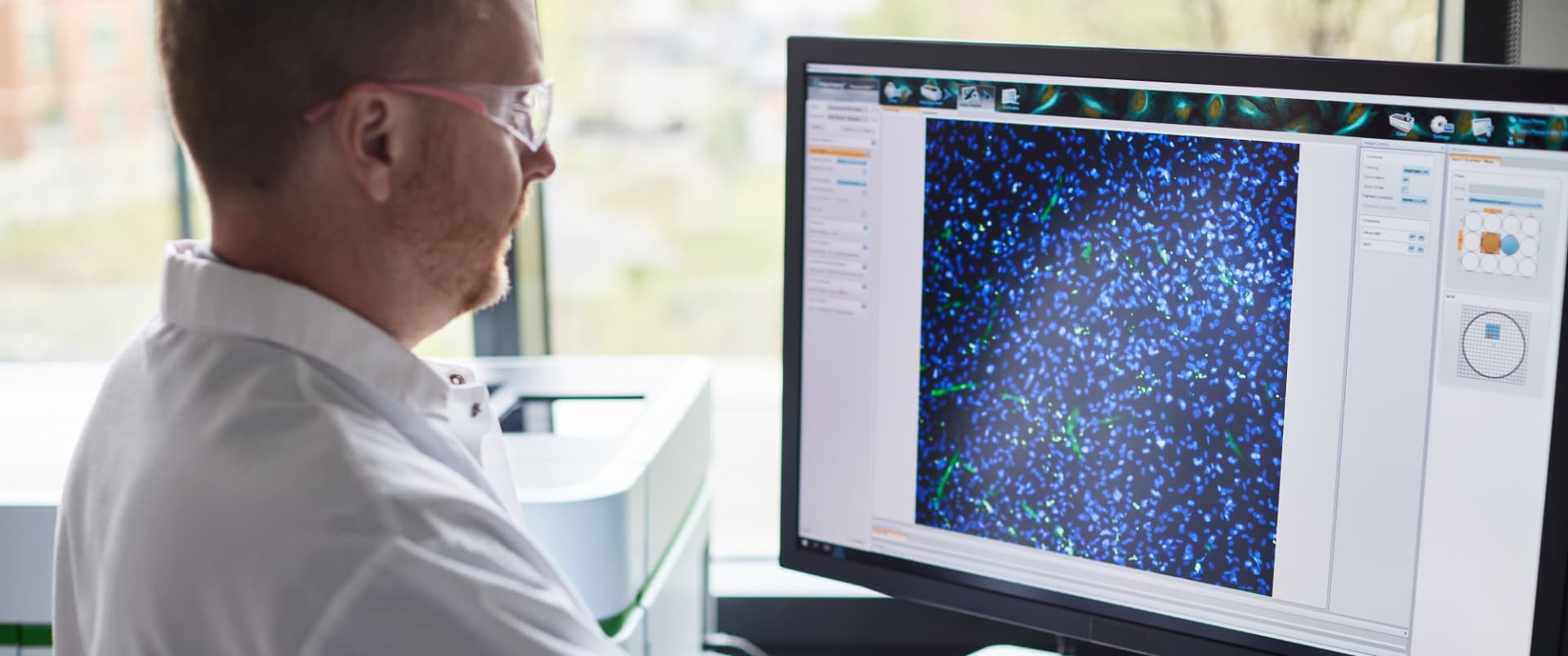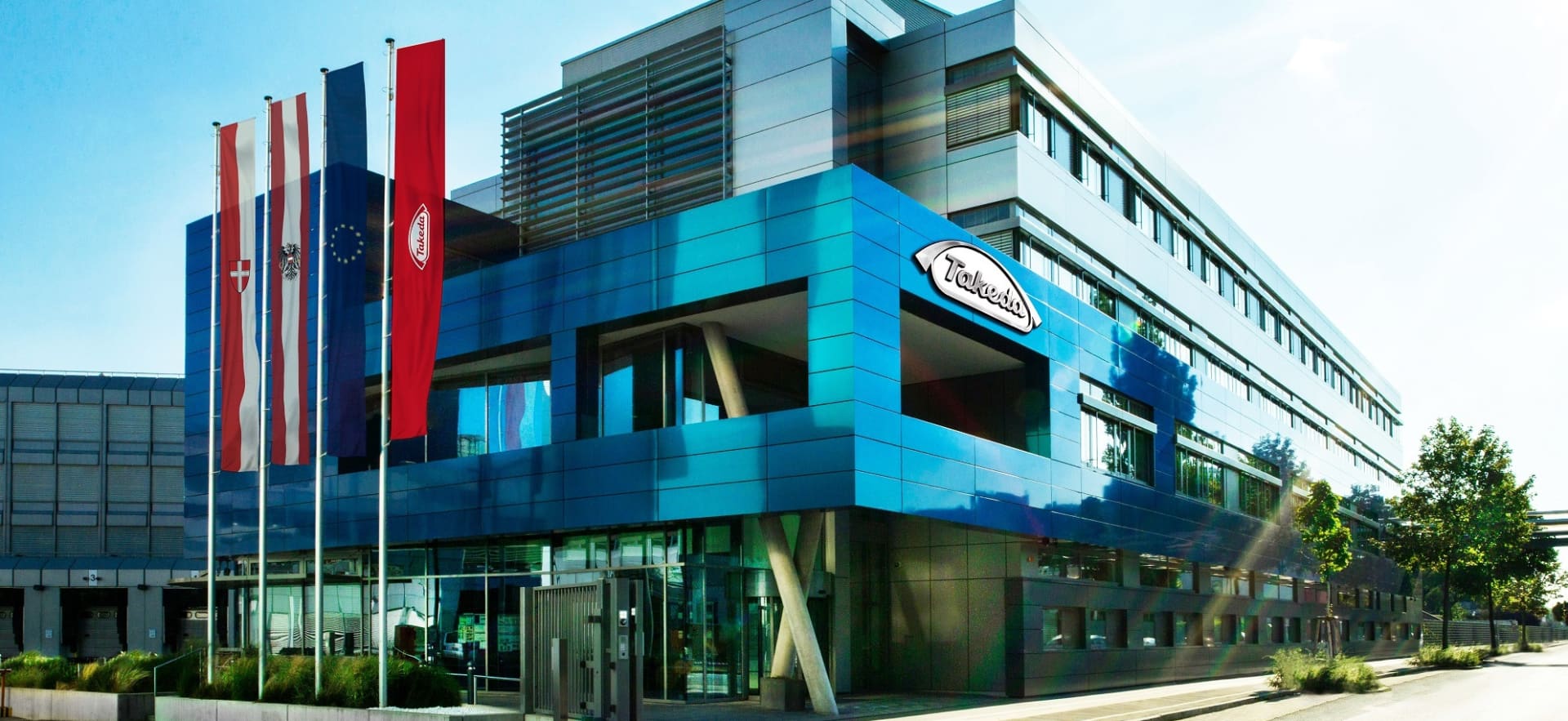Digital Transformation to Make a Global Impact | Takeda Stories

A digital transformation to make a global impact
How do you prepare to produce and supply a vaccine candidate for a virus that threatens half the world’s population?
That was the question facing our Global Manufacturing & Supply group more than six years ago. Our dengue candidate was in Phase 3 clinical trials when we broke ground on a state-of-the-art manufacturing facility that could eventually help formulate, fill, finish and package the vaccine candidate.
They started with five people who were asked to build a facility on a Takeda site that was more than 40 years old in Singen, Germany. Until then, it had focused on producing drugs for our gastroenterology and immunology therapeutic areas.
Today, the vaccine team has grown to 230 people who have built a cutting-edge digital factory that won a Facility of the Year Award (FOYA) from the International Society of Pharmaceutical Engineering (ISPE) in the category Pharma 4.0 earlier this year and was just selected as best project in 2022 and awarded the FOYA Overall Winner for 2022.
“We challenged the team to strive for excellence, strive for agility and strive for new innovations by boldly moving beyond conventional thinking,” says Gunter Baumgartner, head of Global Engineering.
It was completed just in time for first anticipated regulatory approval of a vaccine that potentially stands to make a significant global impact. Such a vaccine would provide an additional prevention tool for dengue, a fast-spreading mosquito-borne virus with four different serotypes that’s endemic in over 100 countries and threatens an estimated 3.9 billion people worldwide.
A state-of-the-art factory to produce an innovative vaccine candidate
The site already had the freeze-drying capabilities necessary to produce our vaccine — a key reason Singen was chosen as the manufacturing site.
For the new vaccine facility, implementing digital and automated technologies was key to delivering on the project in line with Takeda’s overall digital transformation. For example, all vaccine vials initially had to be painstakingly inspected by a human. They brought in an automated camera-based system to do an initial visual inspection, and they’re now looking into using artificial intelligence to reduce manual inspection even further.
“The goal is to use a machine-learning system with an advanced algorithm that can let you know which vials are defective with a high degree of accuracy,” says Yinan Zhang, manager of Data Analytics, Vaccines at Takeda.
The team has also improved overall machine efficiency by connecting the machines to a centralized system that allows them to diagnose and correct inefficiencies quickly. To make things easier for employees, the team brought in collaborative robots who join people on the packaging line and feed them equipment. Employees on the line select applications for the robots across a broad array of tasks.
Virtual reality is used to train operators for their work in clean room environments. By doing their training virtually, they don’t have to worry about making mistakes on live equipment, which helps reduce stress.
“The advanced digital technologies we applied in the new facility help us to improve outcomes in terms of quality of our vaccine candidate,” says Carolin Prina, Vaccine Manufacturing lead at Takeda. “We’re preparing for everything to be as perfect as possible for this to be ready to go to the market following completion of regulatory review by relevant local authorities.”
Share this story



